Lily Of The Valley Tree Information – Tips On Growing Elaeocarpus Trees
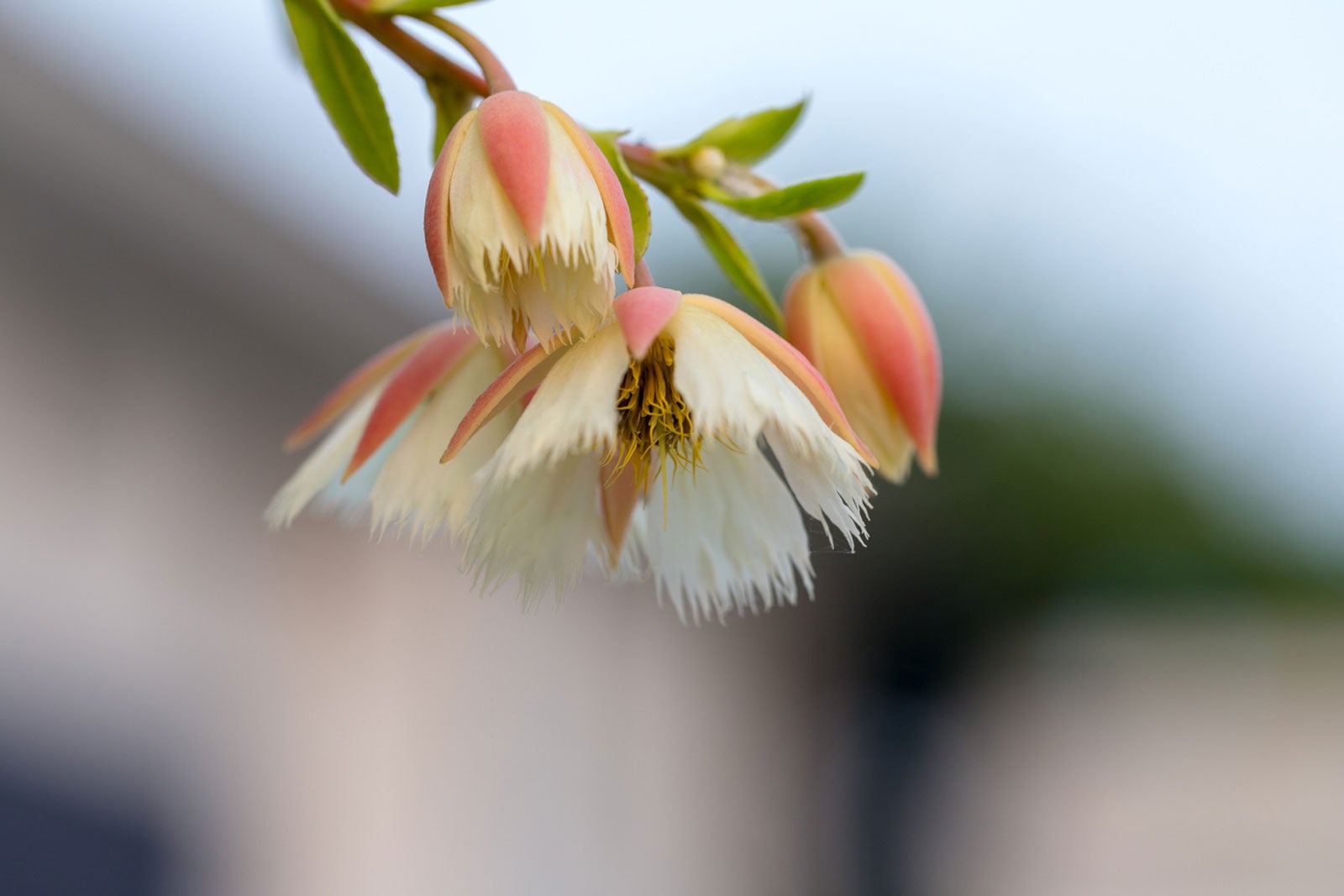

Few houseplants provide more “wow factor” than the lily of the valley tree (Elaeocarpus grandifloras). Its frilly, bell-shaped flowers will dazzle you all summer long. If you are interested in a flowering plant that tolerates low light, consider growing Elaeocarpus. Read on for lily of the valley tree information as well as tips on tree care.
Lily of the Valley Tree Information
Elaeocarpus lily of the valley trees are evergreens native to Australia. Growing Elaeocarpus outside is only possible in warmer regions like USDA plant hardiness zones 10 to 12. The tree thrives indoors as a tough houseplant almost anywhere though. These trees grow up to 30 feet (9 m.) in the wild. If you grow them indoors; however, they probably won’t get taller than you are.
This tree offers gorgeous clusters of beautiful blossoms that smell like anise. They resemble the bell like that from lily of the valley flowers but are frilly and fringed at the edges. Bright blue berries follow. The features of Elaeocarpus trees are so unusual that the species has picked up a handful of colorful common names. In addition to being called lily of the valley tree, it is also known as blue olive berry tree, Anyang Anyang, rudraksha tree, fairy petticoats, Shiva's tears, and fringe bells.
Lily of the Valley Tree Care
If you are interested in growing Elaeocarpus, you’ll be glad to know that it is not a fussy plant. This perennial thrives in any exposure, from full sun to full shade, although flowering and fruiting are more abundant when the plant gets some sun.
Don’t worry about providing rich soil for a lily of the valley tree. It tolerates poor soil, dry conditions, as well as low light conditions indoors or out. However, Elaeocarpus lily of the valley tree care is much easier if you plant it in soil based potting mix for containers or outdoors in well-draining, humus rich, moist soil.
The plant is sensitive to overfeeding, so go light on fertilizer. Prune in summer after the first flush of blossoms has passed.
Gardening tips, videos, info and more delivered right to your inbox!
Sign up for the Gardening Know How newsletter today and receive a free copy of our e-book "How to Grow Delicious Tomatoes".

Teo Spengler is a master gardener and a docent at the San Francisco Botanical Garden, where she hosts public tours. She has studied horticulture and written about nature, trees, plants, and gardening for more than two decades. Her extended family includes some 30 houseplants and hundreds of outdoor plants, including 250 trees, which are her main passion. Spengler currently splits her life between San Francisco and the French Basque Country, though she was raised in Alaska, giving her experience of gardening in a range of climates.
-
 How To Grow Lettuce In Water: Easy Hydroponics For Soil-Free Leaves Year-Round
How To Grow Lettuce In Water: Easy Hydroponics For Soil-Free Leaves Year-RoundWant fresh lettuce without the fuss? Skip the soil and learn how to grow it hydroponically on your countertop or windowsill.
-
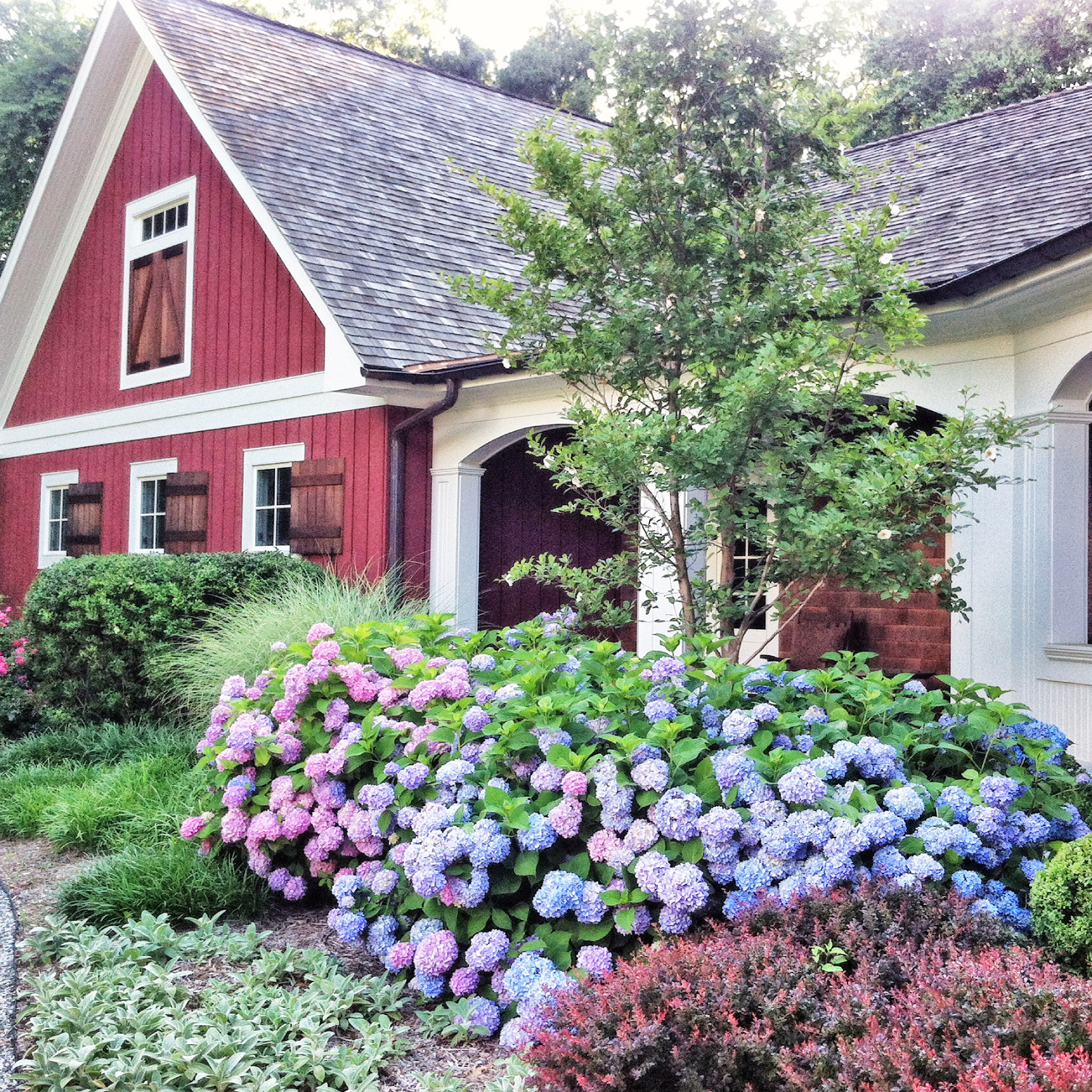 Hydrangea Landscape Uses – 5 Beautiful Ideas To Try In Your Yard This Year
Hydrangea Landscape Uses – 5 Beautiful Ideas To Try In Your Yard This YearHydrangeas can add a vibrant element to your garden and there are numerous landscape uses for these blooming beauties. Gorgeous hydrangea ideas abound!
-
 Wild Lily Of The Valley Care – How To Grow False Lily Of The Valley Plants
Wild Lily Of The Valley Care – How To Grow False Lily Of The Valley PlantsYou’ve heard of lily of the valley from the childhood rhyme, if nothing else. But what about false lily of the valley, also called wild lily of the valley flowers (Maianthemum dilatatum)? For more information about this plant, click here.
-
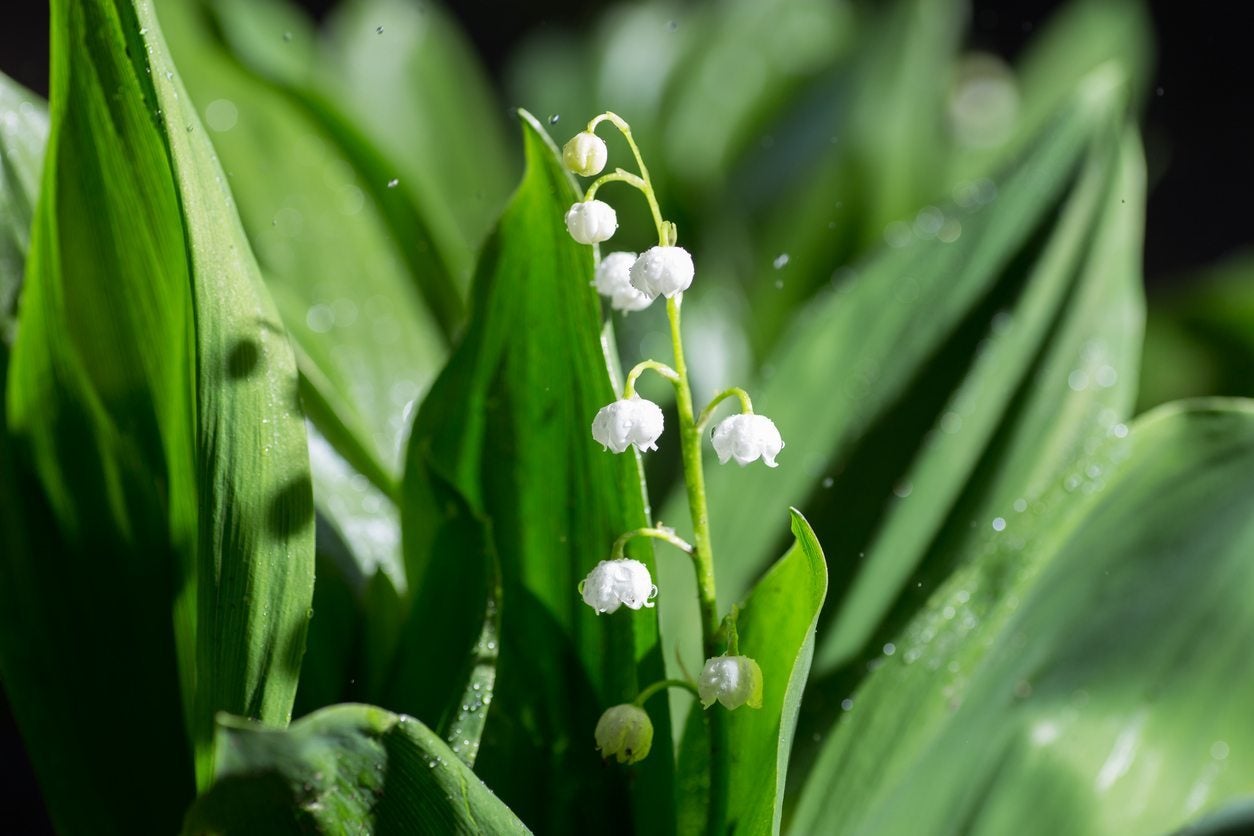 Treating Diseased Lily Of The Valley Plants – Symptoms Of Lily Of The Valley Disease
Treating Diseased Lily Of The Valley Plants – Symptoms Of Lily Of The Valley DiseaseThere are some plants that it almost breaks your heart to see sick. Lily of the valley is one of those plants and one that's worth trying to save, when you can. Click here to learn how to treat sick lily of the valley, as well as ways to keep your plants healthier.
-
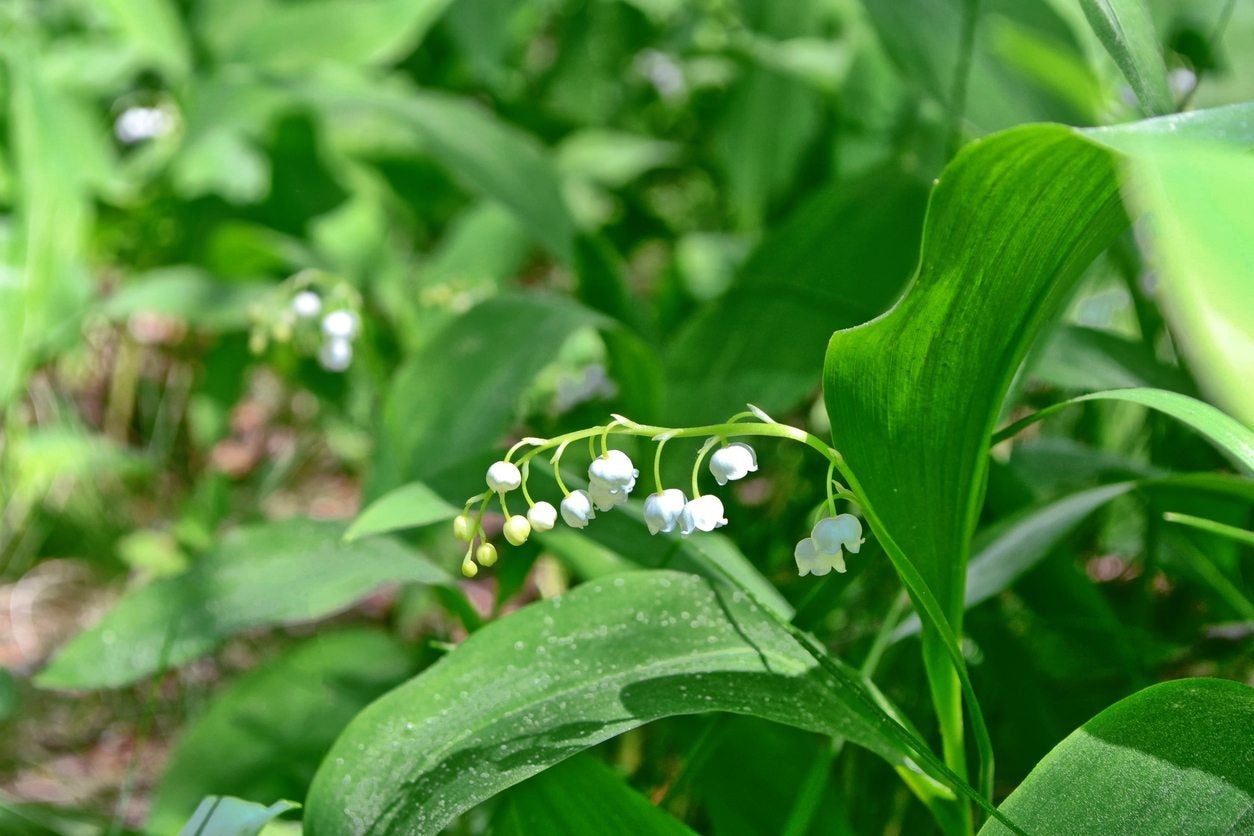 Lily Of The Valley Has Yellow Leaves – Reasons For Yellow Lily Of The Valley Leaves
Lily Of The Valley Has Yellow Leaves – Reasons For Yellow Lily Of The Valley LeavesLily of the valley is known for its sweet fragrance and delicate white nodding flowers. When those two things are accompanied with yellow foliage, it's time to dig a little deeper to figure out what's wrong. Learn more about yellowing lily of the valley in this article.
-
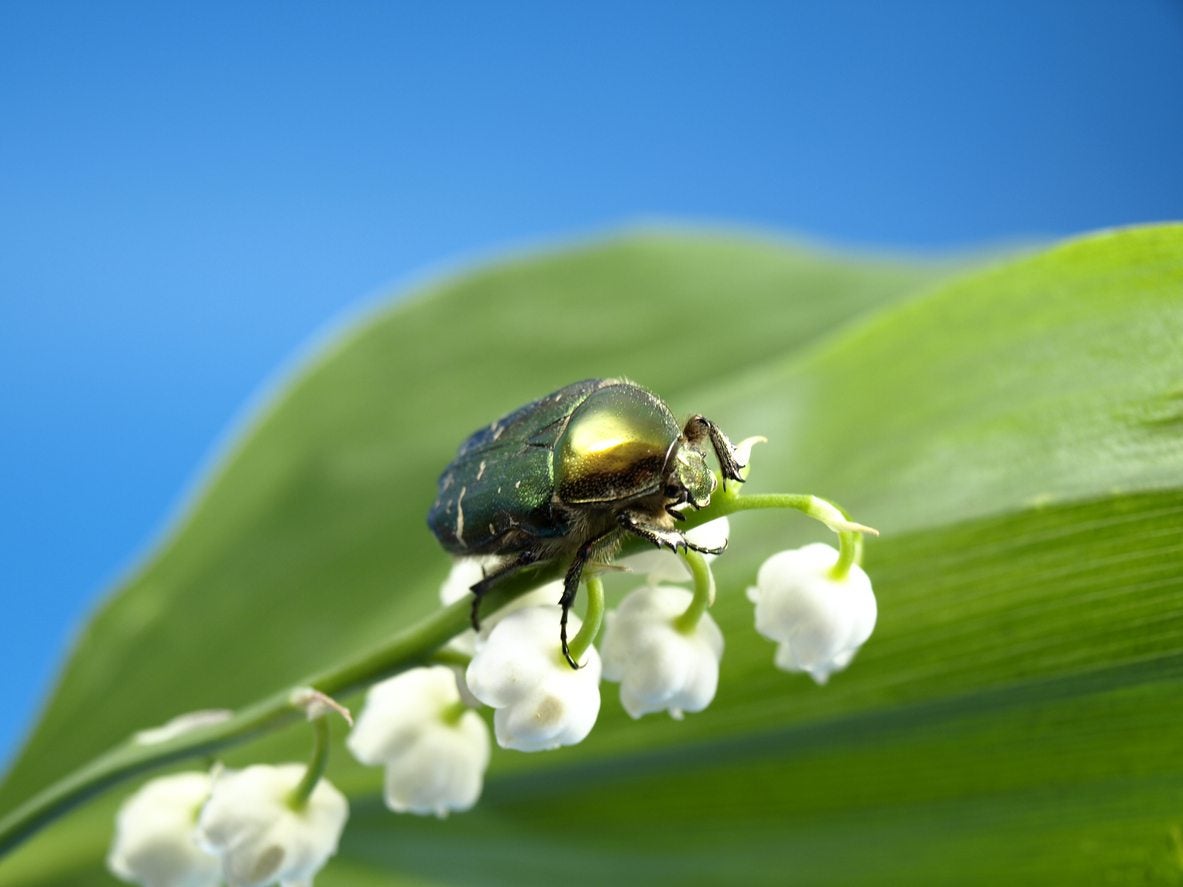 Pests On Lily Of The Valley : Bugs And Animals That Eat Lily Of The Valley Plants
Pests On Lily Of The Valley : Bugs And Animals That Eat Lily Of The Valley PlantsThere are few disease issues or lily of the valley pests. These are easily managed provided you know what you are looking for and how to treat the problem. Learn what pests on lily of the valley might be of concern, and how to identify and combat them in this article.
-
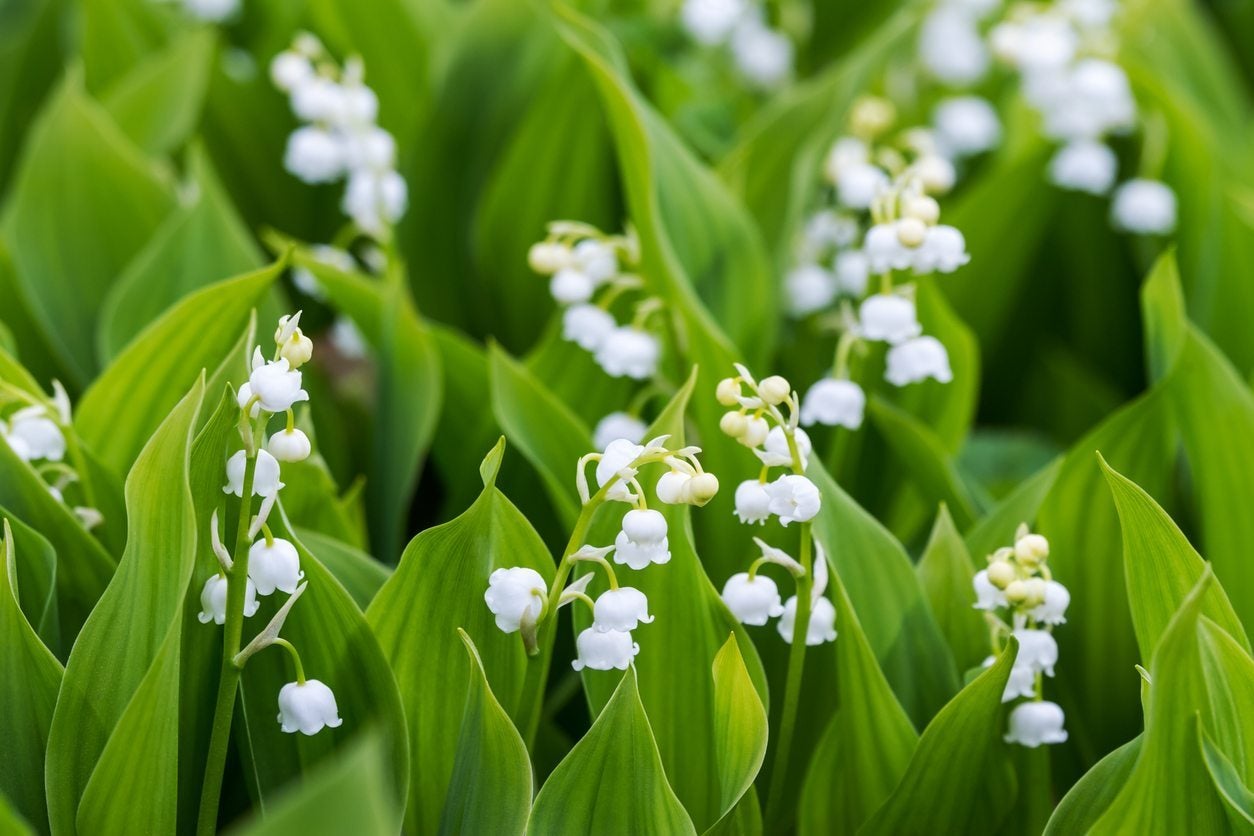 Moving Lily Of The Valley Plants: When To Transplant Lily Of The Valley
Moving Lily Of The Valley Plants: When To Transplant Lily Of The ValleyA rapid spreader, people find themselves moving lily of the valley all the time with no ill effects to the plant. That said, if you?re new to growing this specimen, click on the following article to find out when and how to transplant lily of the valley.
-
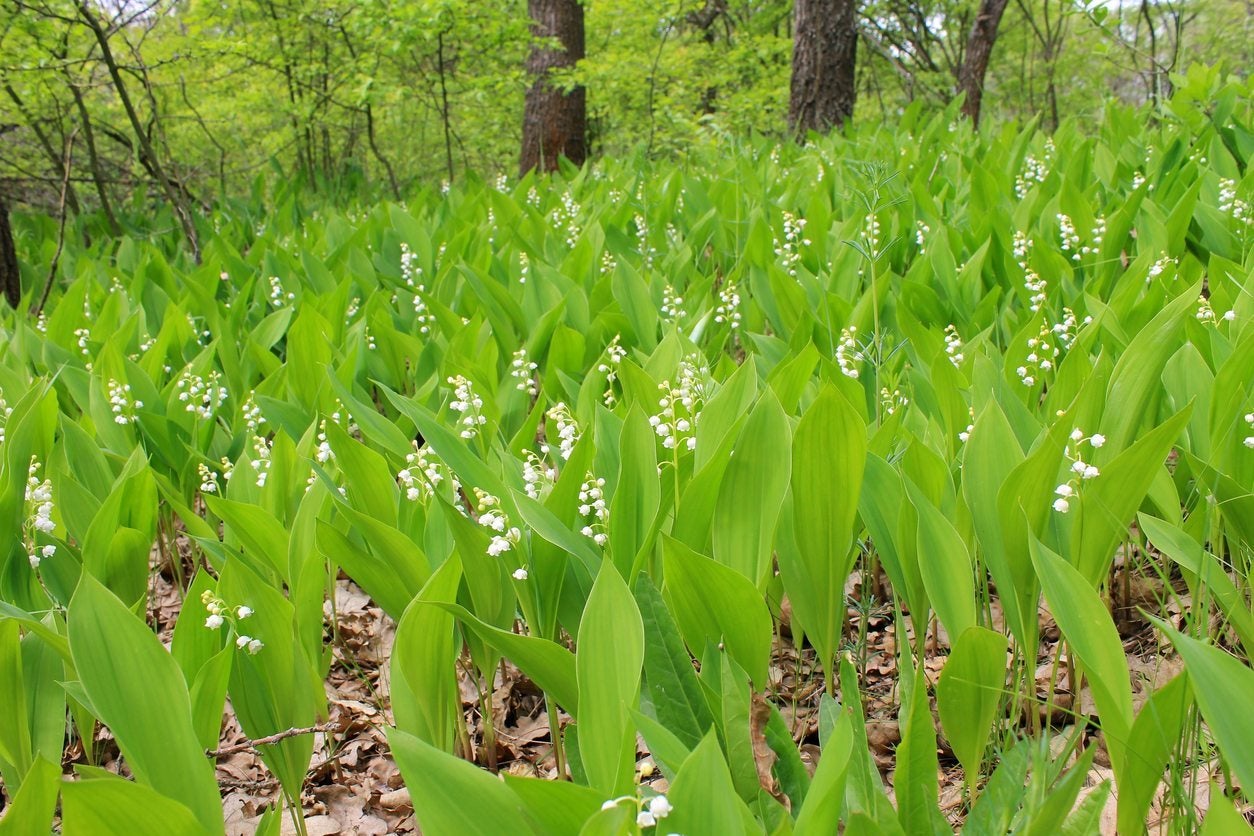 How Invasive Is Lily Of the Valley: Should I Plant Lily Of The Valley Ground Cover
How Invasive Is Lily Of the Valley: Should I Plant Lily Of The Valley Ground CoverIs lily of the valley invasive? Lily of the valley is a perennial plant that grows from stem-like underground rhizomes that spread horizontally, often with amazing speed. It also reproduces from seeds. Exactly how invasive is lily of the valley anyway? Find out here.
-
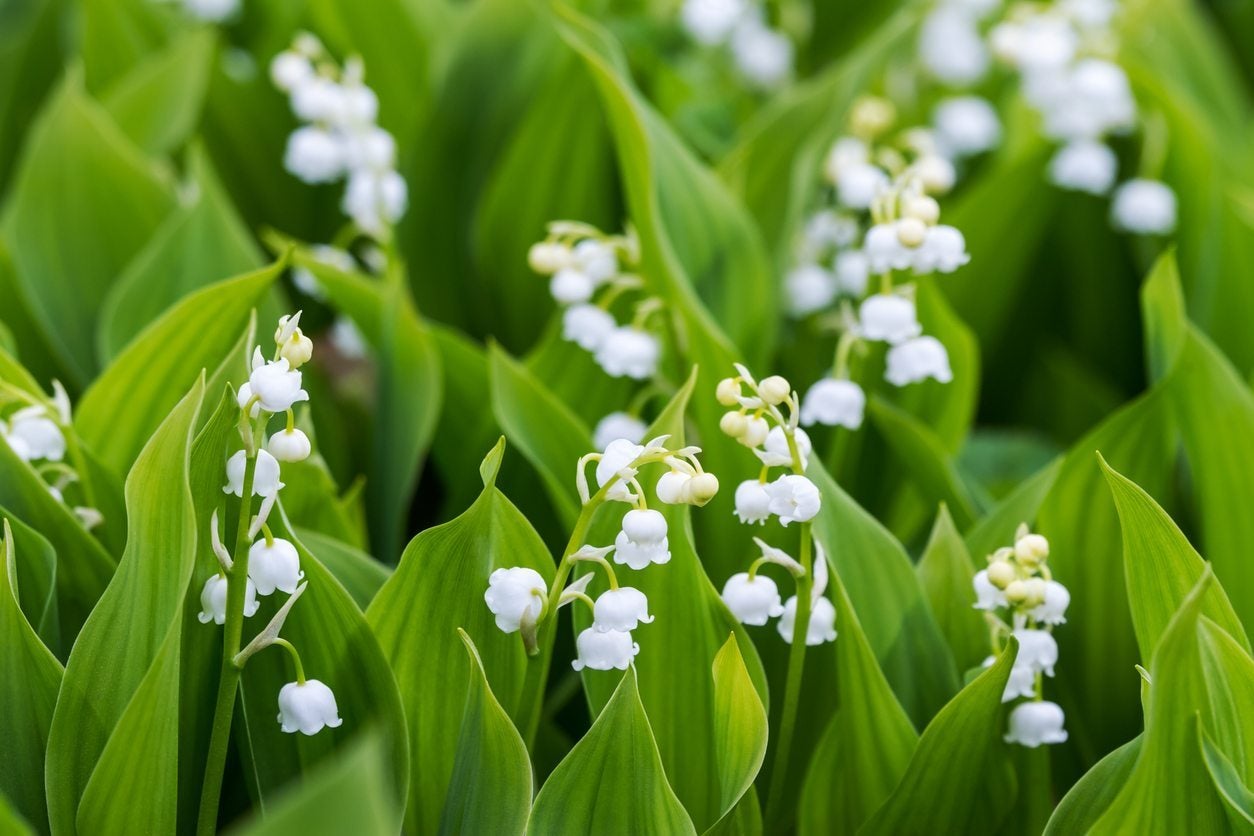 Dividing Lily Of The Valley: When To Split Lily Of The Valley Plants
Dividing Lily Of The Valley: When To Split Lily Of The Valley PlantsAlthough lily of the valley is extremely easy to grow (and may even become aggressive), occasional division is necessary to prevent the plant from becoming unhealthy and overcrowded. The following article can help get you started with lily of the valley division.
-
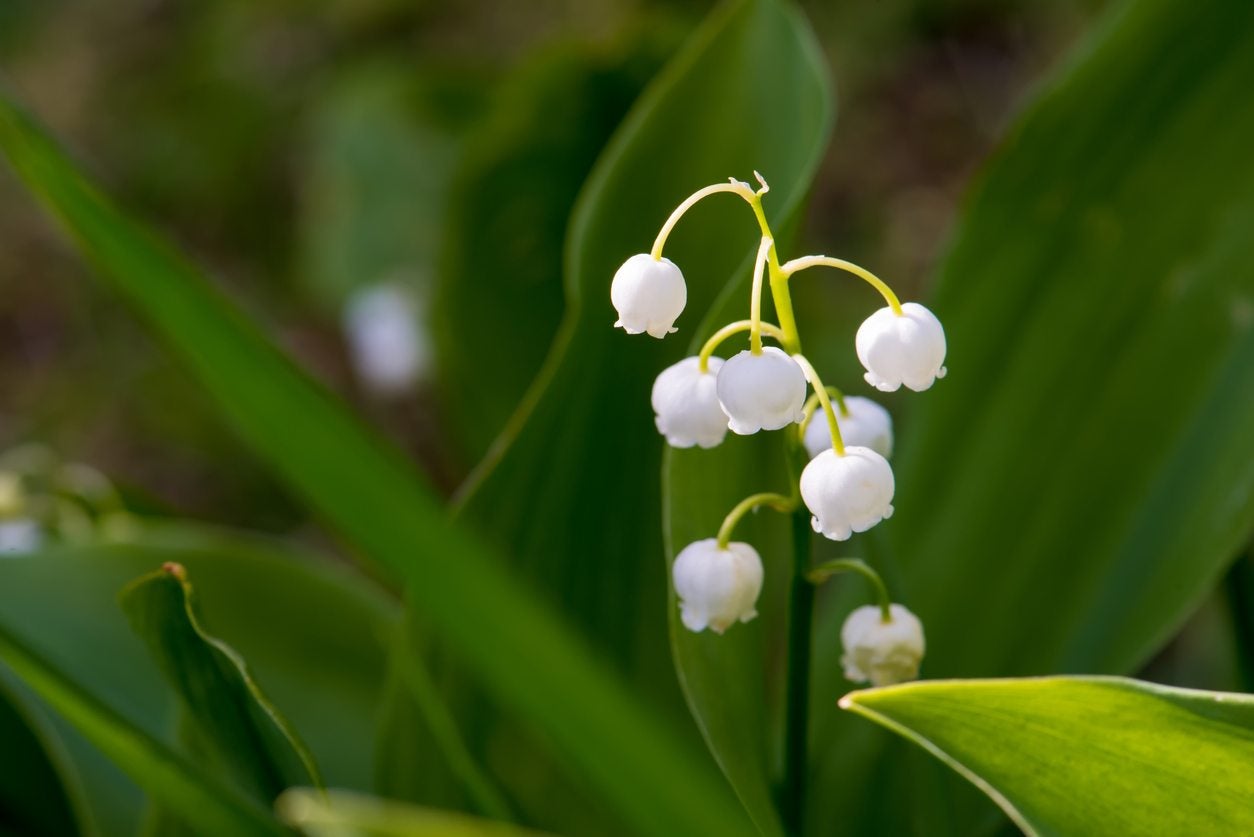 Is Lily Of The Valley Poisonous : Understanding Lily Of The Valley Toxicity
Is Lily Of The Valley Poisonous : Understanding Lily Of The Valley ToxicityIs lily of the valley safe for gardens? Lily of the valley toxicity makes it unsafe to have around children and pets. The plant is so dangerous that ingestion could result in a trip to the emergency room, or in rare cases death. Learn more in this article.